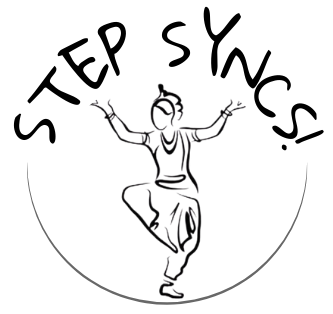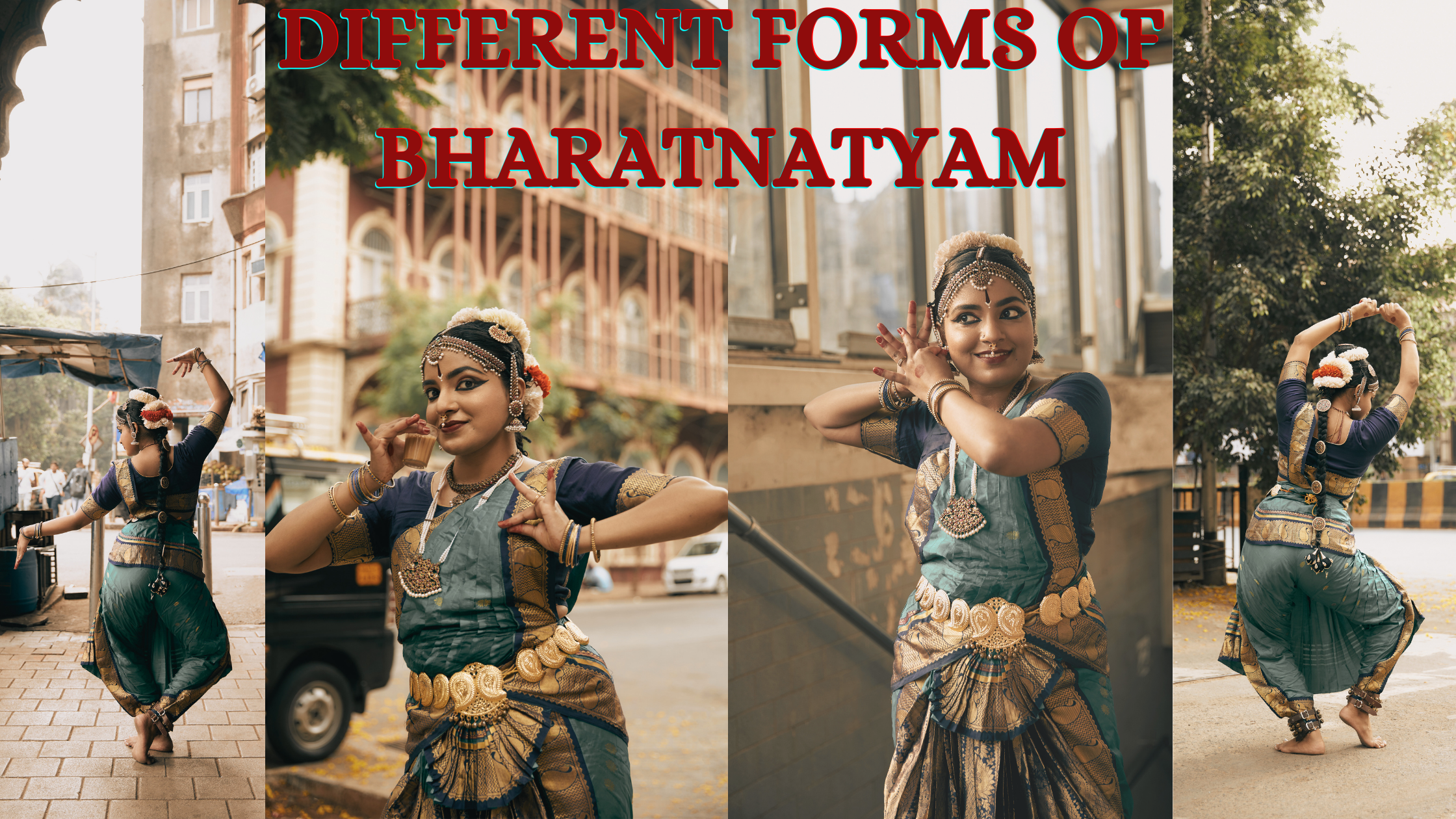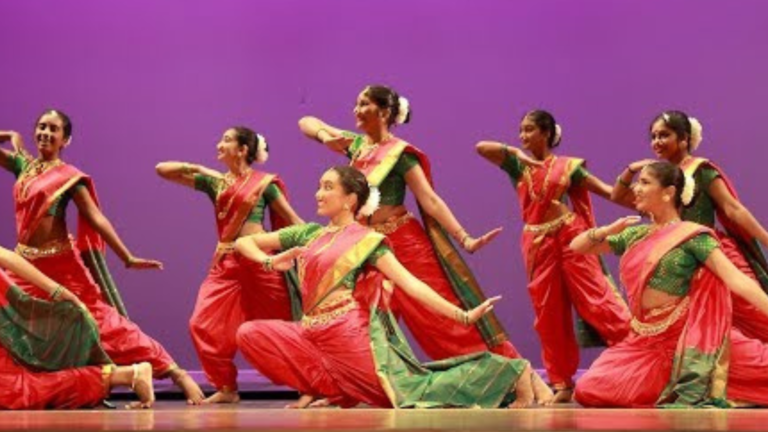Bharatanatyam, one of India’s oldest classical dance forms, has evolved into several distinct styles, each with its own nuances in technique, expression, and interpretation. These styles, also known as bani (traditions), are shaped by geographical regions, schools, and lineages of teachers. Here are some of the prominent forms of Bharatanatyam:
1. Pandanallur Bani

- Origin: Pandanallur, Tamil Nadu
- Features: Known for its graceful and linear movements, Pandanallur style emphasizes precision and neat footwork. It follows a relatively slower tempo, giving importance to maintaining clarity in expressions and movements. The emphasis is on traditional values, structured compositions, and strong geometric poses.
2. Kalakshetra Bani
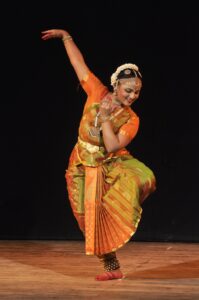
- Origin: Rukmini Devi Arundale, Kalakshetra Foundation, Chennai
- Features: Kalakshetra style is noted for its angular and geometrical postures. It adopts a very disciplined approach to dance, with well-defined steps, clean lines, and an emphasis on storytelling through abhinaya (expression). It focuses on sharp, clean footwork and avoids exaggerated facial expressions, keeping the dance formal and refined.
3. Vazhuvoor Bani

- Origin: Vazhuvoor, Tamil Nadu
- Features: The Vazhuvoor style is known for its graceful movements, fluid transitions, and lasya (soft, feminine aspect). It has a more rounded and flowing approach with softer, curving movements and expressive storytelling. It also incorporates a greater variety of leaps and dramatic poses, often starting performances with slow, dramatic introductions.
4. Thanjavur Bani

- Origin: Thanjavur, Tamil Nadu
- Features: Thanjavur style is considered the most traditional and classical form of Bharatanatyam. It maintains a balance between nritta (pure dance) and abhinaya (expressional dance), focusing on intricate footwork and detailed facial expressions. The choreography is set to strict rhythmic patterns, and the emphasis is on maintaining symmetry and formality in the dance.
5. Melattur Bani
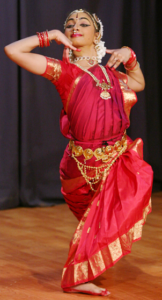
- Origin: Melattur, Tamil Nadu
- Features: Melattur style is recognized for its abundant use of dramatic elements and a greater focus on abhinaya. Dancers in this tradition often use more elaborate storytelling techniques and incorporate elements from traditional theatre. It allows for greater emotional expression and dramatic intensity.
6. Mysore Bani
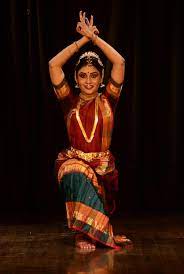
- Origin: Mysore, Karnataka
- Features: The Mysore style of Bharatanatyam is known for its emphasis on abhinaya and its slow, graceful movements. It is less rigid and allows for more creativity in the interpretation of the dance. The footwork is soft, and the focus is on expressiveness rather than technical perfection, making it more emotive.
